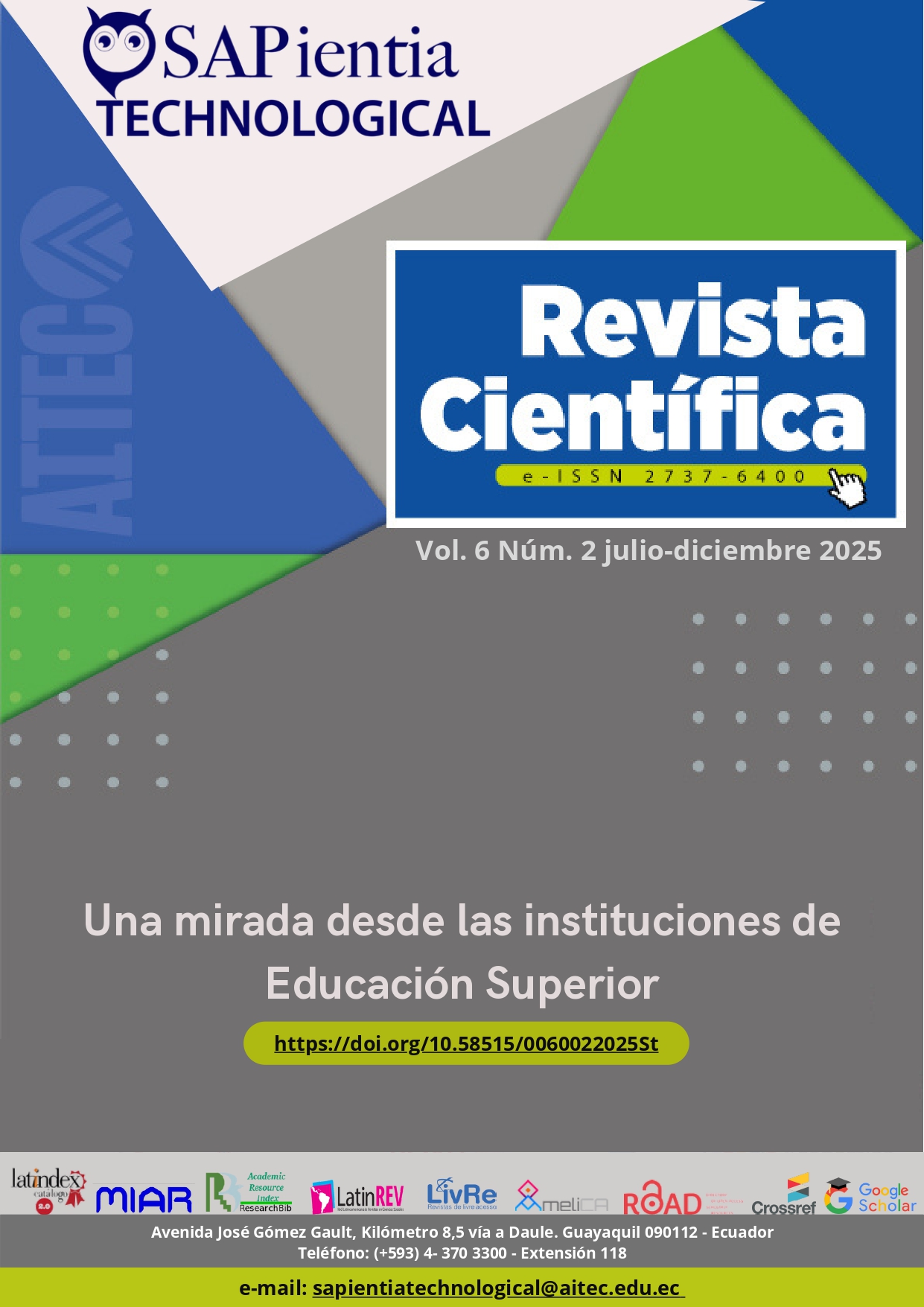Contribution of physical education adapted to the development of motor skills in autistic children at the “Agüedo Morales Reina” School in Ciego de Ávila, Cuba.
Main Article Content
Abstract
Autism is a neurodevelopmental disorder, which occurs from an individual's childhood, characterized by limitations in social interactions, communication and stereotyped-repetitive behaviors and can have as consequences, variations in the development of language, learning and the acquisition of motor gestures. This investigative work shows the result obtained by applying an Activity Plan in the adapted physical education that is taught to autistic children at the “Agüedo Morales” Special School in the municipality of Ciego de Ávila. Different scientific research methods were applied such as: in the case of the theoretical level, the historical-logical, analysis and synthesis and comparison among others; From the empirical point of view, observation and interviews were applied to obtain as much information as possible about the plans and programs for working with these children and their behavior. With these results, an activity plan was implemented that was applied for 12 weeks and the results obtained are compared with those of the initial diagnosis, concluding that the physical activities applied, correctly selected and directed; It allows developing motor skills and generating positive psychological contexts and behavioral changes in these children.
Keywords: developmental psychology, special educational needs, autism, adapted physical activities.
Article Details

This work is licensed under a Creative Commons Attribution-NonCommercial-ShareAlike 4.0 International License.
References
Alonso, R. (2018). El proceso de enseñanza aprendizaje en Educación Física. Desarrollo tecnológico, dolencias y ejercicios físicos. EFDeportes.com, Revista Digital. Buenos Aires, 8 (50). http://www.efdeportes.com/efd50/dolen
Ferrer, M., Guirado, V. y D. González. (2018). La formación inicial del docente y la inclusión educativa. Retos y desafíos. Material para curso pre reunión del VII Congreso Internacional Educación y Pedagogía Especial y IV Simposio de la Educación Primaria.
Fessia, G. y D., Manni. (2017). Estrategias de actividad física planificada en autismo: revisión sistemática. Revista Salud Pública. 20 (3), 390-395. https://www.scielosp.org/pdf/rsap/2018.v20n3/390-395
Gómez, I. (2016). Un Acercamiento al autismo. Pueblo y Educación.
Hernández, R. Collado, C. y Baptista, P. (2015). Metodología de la investigación. MacGraw Hill. https://www.uv.mx/personal/cbustamante/files/2011/06/metodologia-de-la-investigaci%C3%83%C2%B3n_sampieri.pdf
MINED (2015). Actualidad y perspectivas de atención a niños con Necesidades Educativas Especiales en Cuba. Congreso Pedagogía 2015. Conferencia Especial, La Habana
Organización Mundial de la Salud (2018). Estrategia mundial sobre régimen alimentario, actividad física y salud. http://www.who.int/dietphysicalactivity/factsheet_inactivity/es/
Ramos-Galarza, C. (2021). Diseños de Investigación Experimental. Trillas.
Ruiz, P. (2019). El autismo. Ittakus.
Salazar, L. (2021). Educación física y autismo. EFDeportes.com, Revista Digital. Buenos Aires, 12(110). http://www.efdeportes.com/efd110/educacion-fisica-y-autismo.htm

